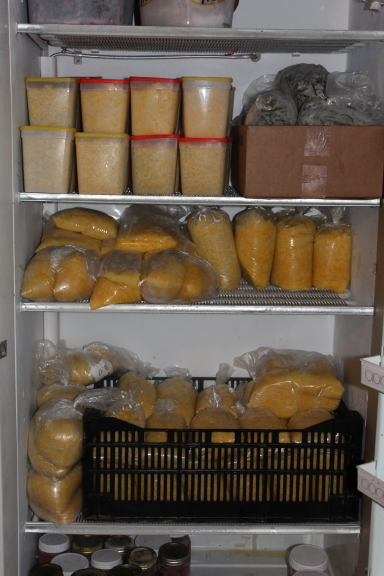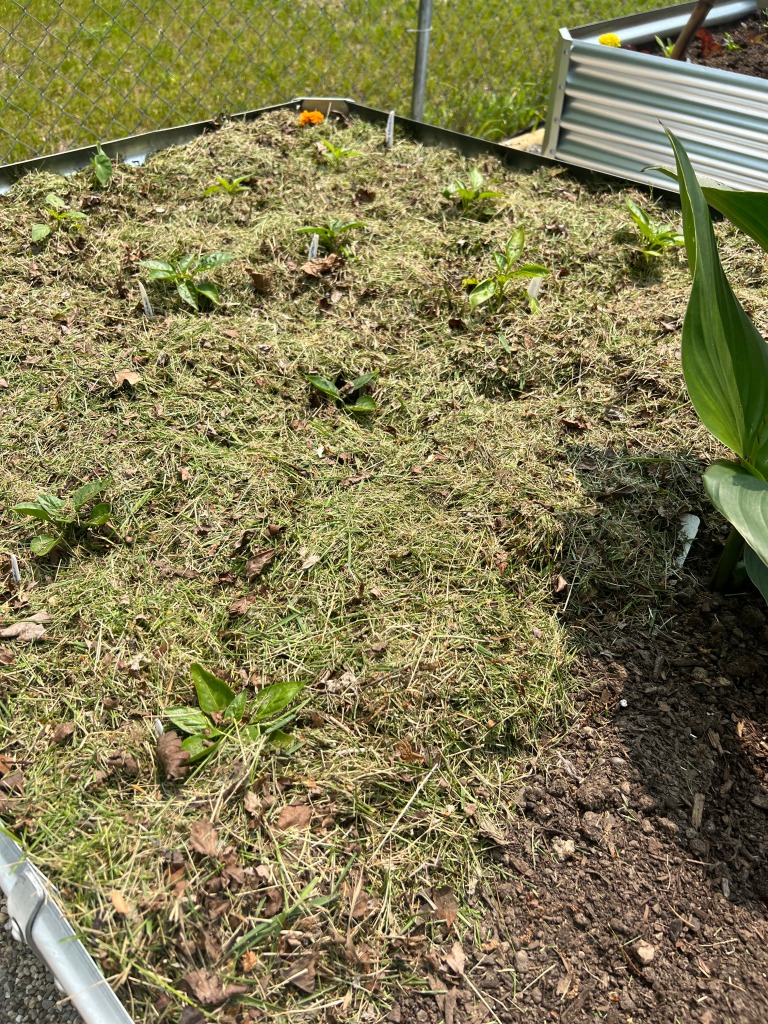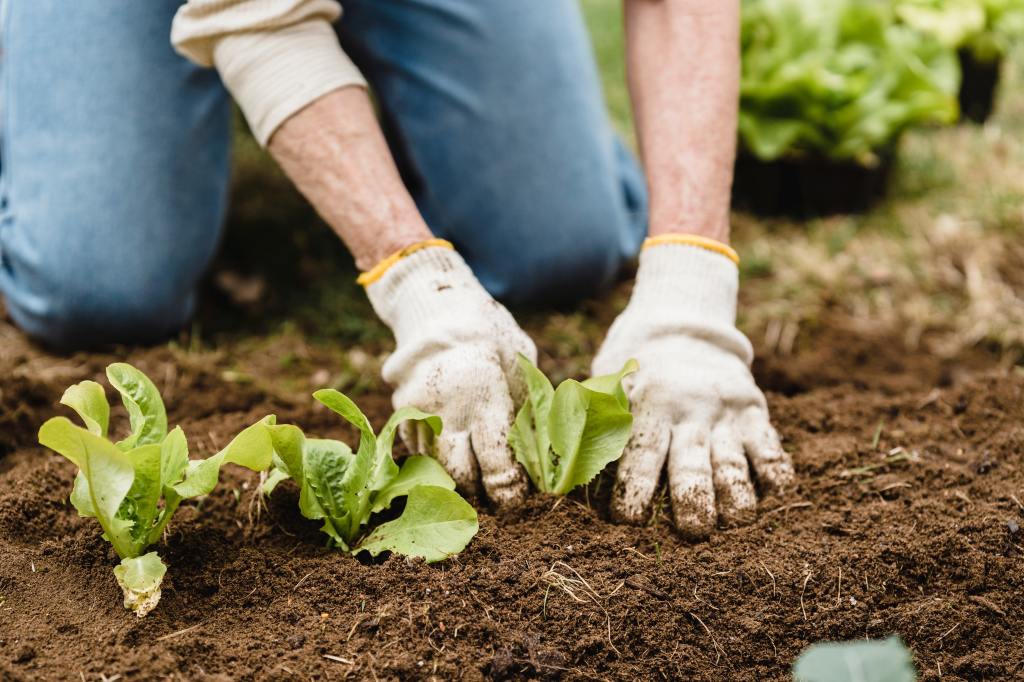
I’ve always loved tropical plants and adding them to the patio or deck. The bonus is I get to bring them into the house once the colder days of Michigan arrive. This is a bright spot for me as I am by no means a winter person.
Continuing this months theme of garden types, lets look at the majestic tropical garden. If you missed the others, just click the links to these interesting and inspiring blog posts on how to create a Fairy Garden, Moon Garden, Asian Inspired, traditional English garden, beautiful water garden, herb garden, and the quaint rock garden. Enjoy friends.
Introduction to Tropical Gardens
When I first set foot in a tropical garden, I was immediately captivated by its enchanting beauty and serene atmosphere. The lush foliage, vibrant blooms, and soothing sounds of nature create a truly magical experience. I knew right then and there that I wanted to create my own tropical paradise, and with some research and planning, I discovered that it is possible to design a stunning tropical garden in any climate zone.
Benefits of Designing a Tropical Garden

Designing a tropical garden offers numerous benefits that go beyond its aesthetic appeal. Firstly, tropical gardens can serve as a natural sanctuary, providing a peaceful and tranquil environment where you can escape the stresses of everyday life. The abundance of greenery and the calming sounds of water features create a sense of serenity that is unmatched.
Additionally, tropical gardens have the power to attract a wide variety of wildlife, from colorful birds to delicate butterflies. This not only adds another layer of beauty to your garden but also contributes to the overall ecosystem. By creating a haven for wildlife, you are helping to preserve and enhance biodiversity in your area.

Join the list
Join hundreds of our subscribers and be the first to know about new content and special offers.
Understanding Climate Zones and Their Impact on Tropical Garden Design
One of the most important factors to consider when designing a tropical garden is the climate zone you are in. Different plants thrive in different climates, so it is essential to understand the specific requirements of your zone. There are three main climate zones: tropical, subtropical, and temperate.
In tropical climate zones, where temperatures remain consistently warm throughout the year, you have the advantage of being able to grow a wide variety of tropical plants. Palms, orchids, hibiscus, and bromeliads are just a few examples of plants that thrive in tropical climates. With the right selection of plants, you can create a true tropical oasis in your own backyard.

In subtropical climate zones, where temperatures are slightly cooler, you have a broader range of plant options. While you can still incorporate tropical plants, you also have the opportunity to include some plants that are typically found in more temperate regions. This opens up a whole new world of possibilities when it comes to designing your tropical garden.
In temperate climate zones, where temperatures can vary significantly throughout the year, creating a tropical garden requires a bit more planning and creativity. While it may not be possible to grow certain tropical plants outdoors year-round, you can still create a tropical ambiance by using container plants that can be brought indoors during the colder months.
Choosing the Right Plants for Your Tropical Garden
Selecting the right plants is crucial to the success of your tropical garden. When choosing plants, consider their specific requirements, such as sunlight, water, and soil conditions. It is also important to choose plants that complement each other in terms of height, texture, and color.
Palms are a staple in tropical gardens and come in a wide variety of sizes and shapes. They provide vertical interest and add a sense of grandeur to any garden. Other popular tropical plants include elephant ears, bird of paradise, and ginger. These plants not only have beautiful foliage but also produce stunning flowers that add a burst of color to your garden.
In addition to these larger plants, consider incorporating smaller flowering plants and ground covers for added visual interest. Orchids, bromeliads, and heliconias are excellent choices for adding pops of color to your garden. Ground covers such as liriope and mondo grass can be used to fill in empty spaces and create a lush carpet-like effect.
Incorporating Water Features and Ponds in Your Tropical Garden
Water features are an essential element in any tropical garden. The sound of trickling water creates a soothing and calming atmosphere, while ponds provide a habitat for aquatic plants and wildlife. There are several options to consider when incorporating water features in your garden, depending on the available space and your personal preferences.
One popular choice is a small pond with a cascading waterfall. This creates a focal point and adds movement and sound to your garden. Another option is a babbling brook or stream, which can wind its way through your garden, creating a sense of serenity. If space is limited, a simple fountain or water wall can still provide the tranquil ambiance you desire.
When designing your water feature, consider incorporating aquatic plants such as water lilies, lotus, and water hyacinths. These plants not only add beauty but also help to keep the water clean and balanced. Fish, such as koi or goldfish, can also be added to your pond for additional visual interest.
Creating a Lush and Vibrant Color Palette in Your Tropical Garden
One of the most striking features of a tropical garden is its vibrant color palette. To create a lush and vibrant garden, choose plants with a range of colors, including deep greens, vibrant yellows, fiery oranges, and bold reds. By selecting plants that bloom at different times throughout the year, you can ensure that your garden remains colorful and vibrant all year round.
In addition to flowers, foliage plants play a crucial role in creating a lush and vibrant garden. Banana plants, crotons, and caladiums are just a few examples of foliage plants that come in a variety of colors and patterns. By strategically placing these plants throughout your garden, you can create a visually stunning tapestry of colors and textures.
To further enhance the beauty of your garden, consider incorporating colorful containers and garden ornaments. Ceramic pots, mosaic tiles, and sculptures can add a touch of whimsy and personality to your tropical paradise. Just be sure to choose colors and styles that complement the overall theme of your garden.
Designing Pathways and Seating Areas for Relaxation and Enjoyment
A well-designed pathway not only serves a practical purpose but also adds visual interest to your tropical garden. Consider using natural materials such as stone, gravel, or wood to create a pathway that blends seamlessly with the surrounding foliage. Curved pathways can add a sense of mystery and intrigue, while straight pathways provide a clear and direct route through your garden.

Along your pathway, create seating areas where you can relax and enjoy the beauty of your tropical garden. Incorporate comfortable outdoor furniture such as lounge chairs, hammocks, or benches. Place these seating areas strategically, taking advantage of shaded spots or areas with the best views.
To create a sense of enclosure and privacy, consider using trellises or pergolas covered in climbing plants such as bougainvillea or jasmine. These structures not only provide shade but also add vertical interest and create a cozy and intimate atmosphere.
Implementing Proper Irrigation and Drainage Systems in Your Tropical Garden
Proper irrigation and drainage are essential for the health and longevity of your tropical garden. Tropical plants generally require more water than plants in other climates, so it is important to provide them with an adequate water supply. Install a sprinkler or drip irrigation system to ensure that your plants receive the right amount of water at the right time.
In addition to irrigation, proper drainage is crucial to prevent waterlogged soil, which can lead to root rot and other plant diseases. Ensure that your garden has adequate drainage by incorporating slopes or installing drainage systems. This will help to prevent water from pooling in certain areas and ensure that your plants thrive.

Maintaining and Caring for Your Tropical Garden Throughout the Year
Creating a tropical garden is a labor of love, and proper maintenance is essential to keep it looking its best. Regular pruning and trimming will help to keep your plants healthy and promote optimal growth. Remove any dead or damaged leaves and flowers to keep your garden looking tidy and prevent the spread of disease.
Fertilize your plants regularly to provide them with the nutrients they need to thrive. Use a slow-release fertilizer specifically formulated for tropical plants, following the instructions on the package. Mulching is also important to help retain moisture and suppress weed growth. Apply a layer of organic mulch around your plants, taking care not to cover the base of the plants.

Throughout the year, monitor your garden for pests and diseases. Early detection and treatment are key to preventing the spread of pests and minimizing damage to your plants. Use organic pest control methods whenever possible to minimize the impact on the environment.
Conclusion: Enjoying Your Own Tropical Paradise
Designing and creating your own tropical garden is a rewarding endeavor that allows you to escape to a lush and vibrant oasis right in your backyard. By understanding the specific requirements of your climate zone and selecting the right plants, water features, and color palette, you can create a stunning tropical paradise that will bring you joy and relaxation for years to come. So, roll up your sleeves, grab your gardening tools, and get ready to embark on this exciting journey. Your own tropical paradise awaits!

If you enjoyed this blog , please LIKE, Follow, Share & leave me a comment! I love your feedback!
If you aren’t following me on Facebook & Instagram, go on over & give a LIKE & Follow me for daily tips & tricks for your home & garden!
Remember to eat fresh, shop local, & have a happy day,
Jean
Copyright Policy
All text and images on this site are copyright of For Dragonflies And Me. Unless otherwise noted, you may not use this content

























